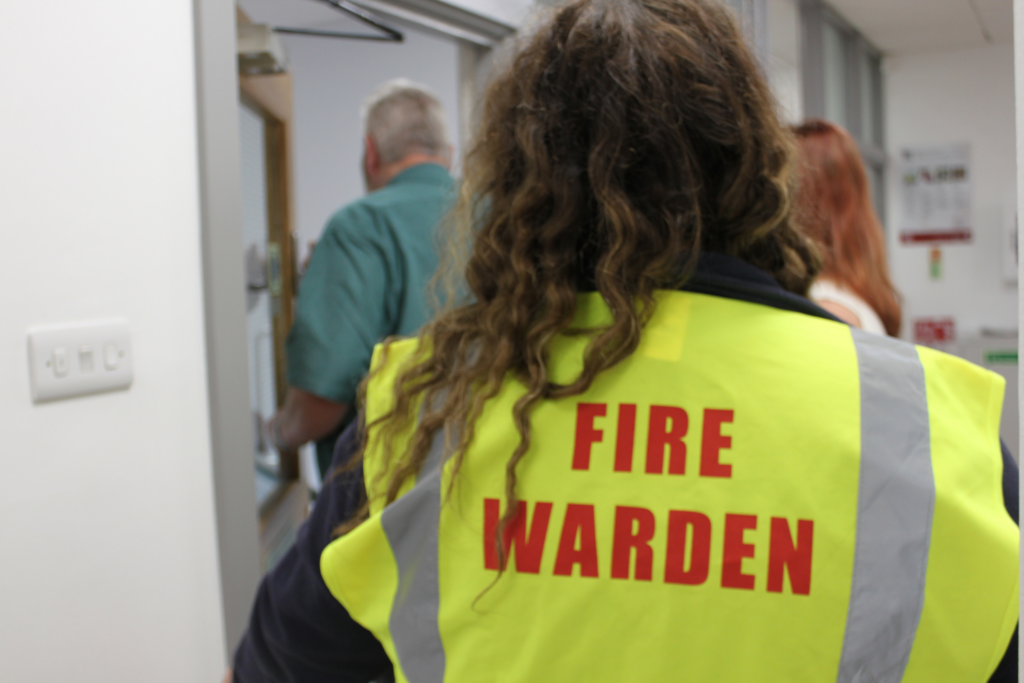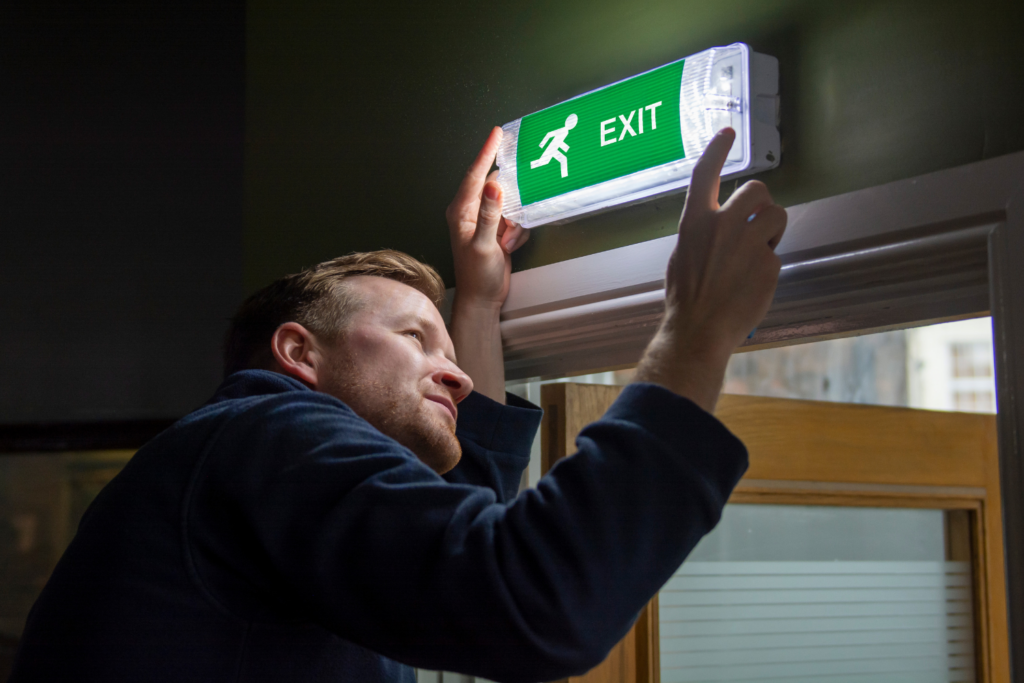Friday 1st March 2024
Conducting regular fire drills in the workplace is essential in order to practice for a safe evacuation during a fire. Fire drills go beyond compliance with regulations; they are the heartbeat of safety culture within organisations. Not only do they ensure that all staff, customers and visitors to your premises understand what they need to do if there is a fire, but they also help you to test how effective your fire evacuation procedure is.
What is a fire drill?
A fire drill is an organised procedure to simulate the steps you should take in the event of a fire. Its primary function is to ensure that all individuals in the building are familiar with escape routes, emergency exits and safety protocols. A fire drill educates and prepares occupants for a swift evacuation in the event of a real fire. A fire drill usually involves sounding the alarm system, evacuation to designated assembly points and coordination with emergency responders.
Regularly practicing fire drills enhances your readiness and response in the event of a real fire, which contribute to a safer environment for everyone involved.

Life or death
Imagine a fire starts. The company does not conduct regular fire drills. Everyone is panicking and doesn’t know what to do as part of the fire evacuation procedure. However, an organisation or even a household that conducts regular fire drills remains calm. Instinct kicks in from the fire drill practice to follow the fire evacuation procedure. This can be the difference between life and death.
Why should I do fire drills?
- Be prepared in the event of a fire
- Familiarity with evacuation routes
- Test emergency systems
- Calm response in the event of a fire
- Identify weaknesses in fire evacuation procedure
- Builds a ‘safety-first’ culture
- Strive for continuous improvement
- Comply with regulations
‘You need to train new staff when they start work and tell all employees about any new fire risks.
You should carry out at least one fire drill per year and record the results. You must keep the results as part of your fire safety and evacuation plan.’ GOV UK
Testing Safety Equipment
Your fire drill not only gives people a routine to ensure their safety, it also gives you the opportunity to make sure essential fire safety equipment is in working order. Fire safety equipment includes alarm systems, fire door retainers, emergency lighting and evacuation equipment. In the event of a real emergency, all fire safety equipment must be working to evacuate timely and to prevent the spread of fire.
If, while undergoing a fire drill, you find that your fire safety equipment isn’t working; get it fixed or replaced as soon as possible to give your business the best chance of being protected.

How often should you do fire drills?
Yearly fire drills are a legal requirement for all businesses. However, Health and Safety Executive (HSE) recommends having a few fire drills each year to enhance safety measures and better prepare for potential emergencies. While the minimum legal standard is an annual fire drill, more frequent exercises, such as quarterly or semi-annual drills, can significantly improve the effectiveness of emergency response plans.
Fire Drill Roles & Responsibilities
Designating key roles to individuals during your fire drills helps streamline the evacuation. Fire Wardens oversee the evacuation process and check designated areas, while Evacuation Marshals are responsible for guiding people to safety. Someone should also be assigned to account for all individuals at the assembly points to ensure that everyone has safely evacuated the building. Clearly defining roles and responsibilities in advance ensures confidence in individuals that there is a well-coordinated plan in place.
